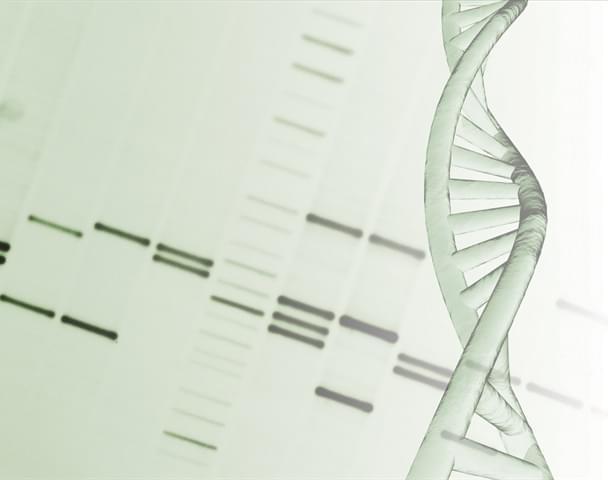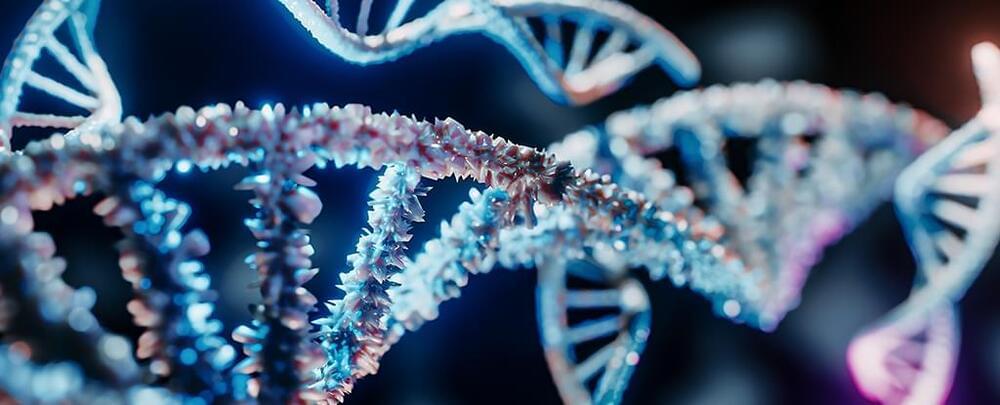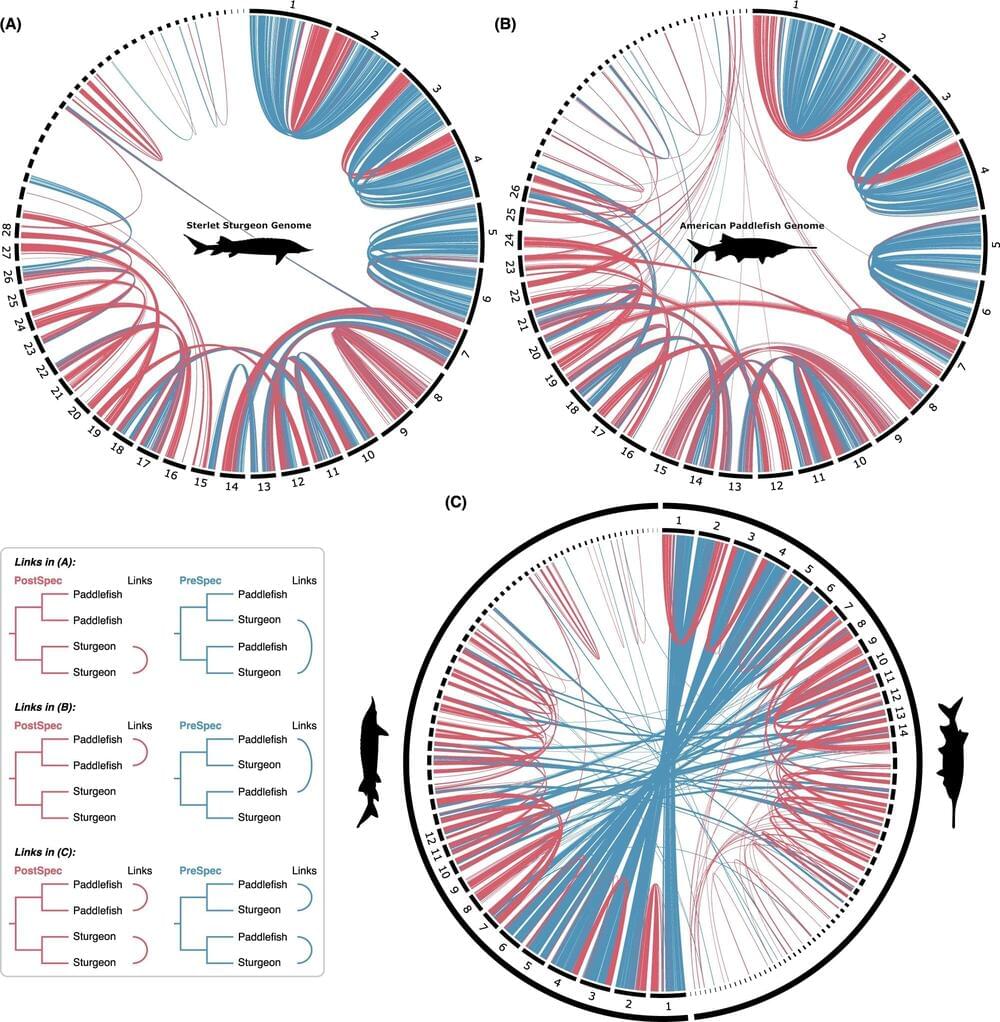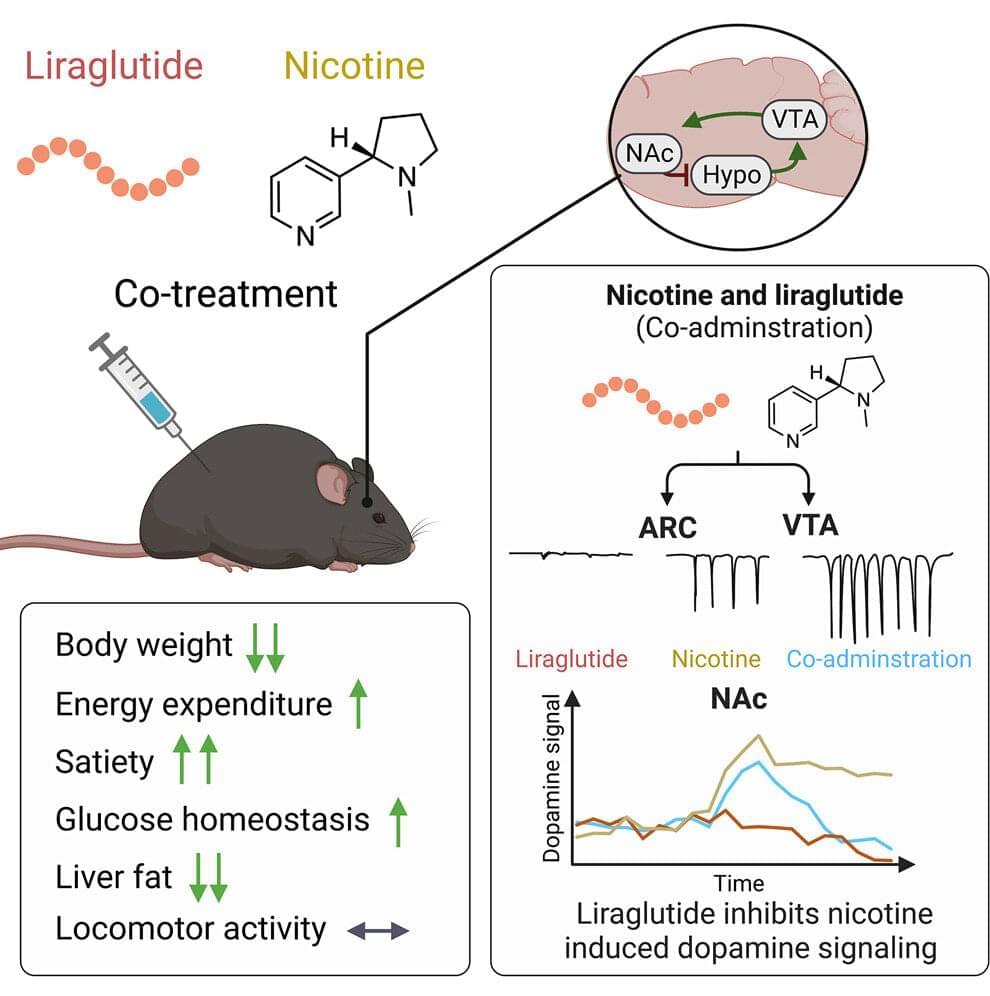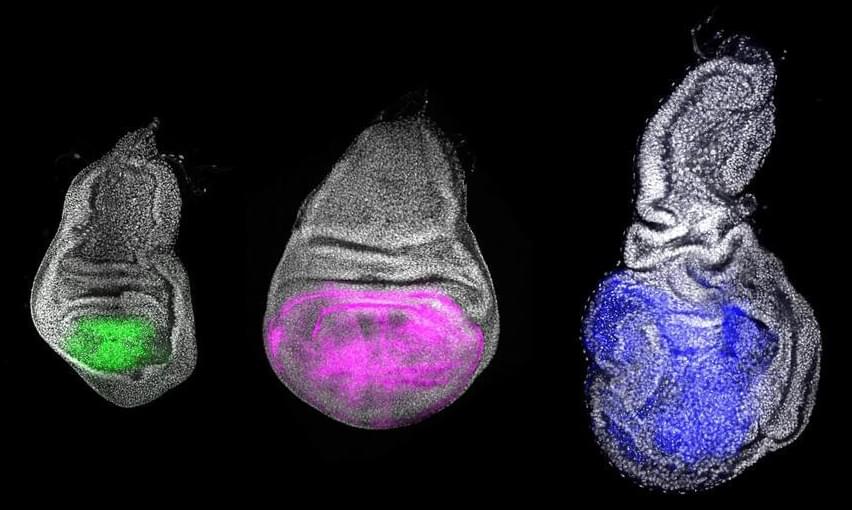Dr. Ralph W. Moss and son Ben discuss how the cultivation and care of the garden of tiny plants in your body can help you fight cancer.
For more information on cancer-fighting foods and supplements, please visit our website: https://www.themossreport.com.
5 Defenders Mushroom Blend.
5 Defenders Organic Mushroom Blend Capsules
“A comprehensive self-help plan for cancer includes medicinal mushrooms. They are indispensable.” – Ralph W. Moss, PhD
For Dr. Moss’ recommended products list, please visit https://www.themossreport.com/recommended-products/
Immunotherapy: The Battle Within.


